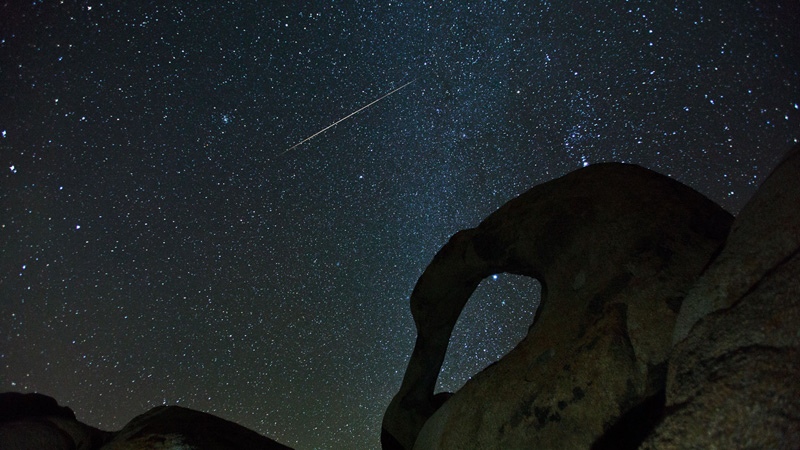Stargazers are in for a spectacle this Friday and Saturday as the evening sky is going to light up with the Geminid Meteor Shower. Experts say conditions are perfect to experience the astronomical event, which will reach its peak on December 13 and 14.
What is the Geminid Meteor Shower
Geminids are pieces of debris from an extinct comet called 3200 Phaethon. It was previously thought to be an asteroid but has now been classified into the extinct comet category.
The Geminid Meteor Shower derives its name from the constellation "Gemini" because the stars seem to emerge from the constellation's direction.
The meteor shower was first spotted in the 1860s with just a few sprinkles here and there. But over the years, the intensity of the showers has multiplied. Today, the comets travel 22 miles per second and burn up 24 miles above earth, which is why they are more visible.
You can expect 50 or more Geminid Showers per hour on the peak night. The meteors come in "spurts" of different colors and there may be some lulls, but don't let that discourage you.
When the Geminid Meteor Shower Appears
While some sprinkles of stars emerge from the constellation throughout the year, it is at its peak during December. Usually said to start off from the 4th, it is at its peak in the second week of the month. The shower usually starts off early evening but is most visible late into the night.
Where
The Geminid Meteor shower is best visible in the areas on the Northern Hemisphere from a dark, unlit place at around 10 pm. The peak is centered by about 2 am and you will need no special equipment to watch the bright shower.
It is best visible from rural areas. Though some semi-urban places can get a view too.
"You will be able to see 60-80 per hour with the naked eye with a wide expanse of sky in a rural area. Cities will only be able to see one or two per hour," Slooh Astronomer Bob Berman said, according to Accuweather.com.
It is best to bring along a buddy to watch the event as you can each watch different parts of the sky. You can also watch the shower online. A live stream will be broadcast by the Slooh Community Observatory during peak time starting Sunday, 12 December 2014, 7:06 am IST (6:06am GMT).
A group of photographers have put up some pictures of past Geminid Showers on Flickr.






















